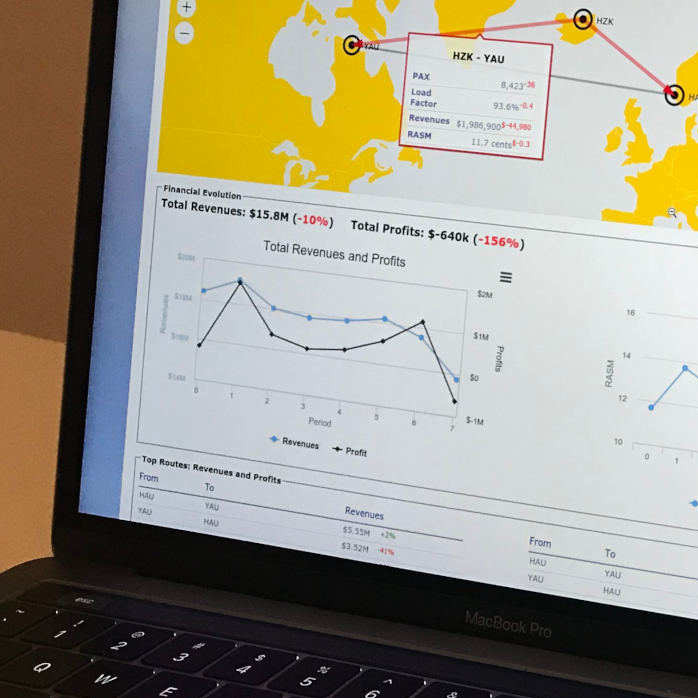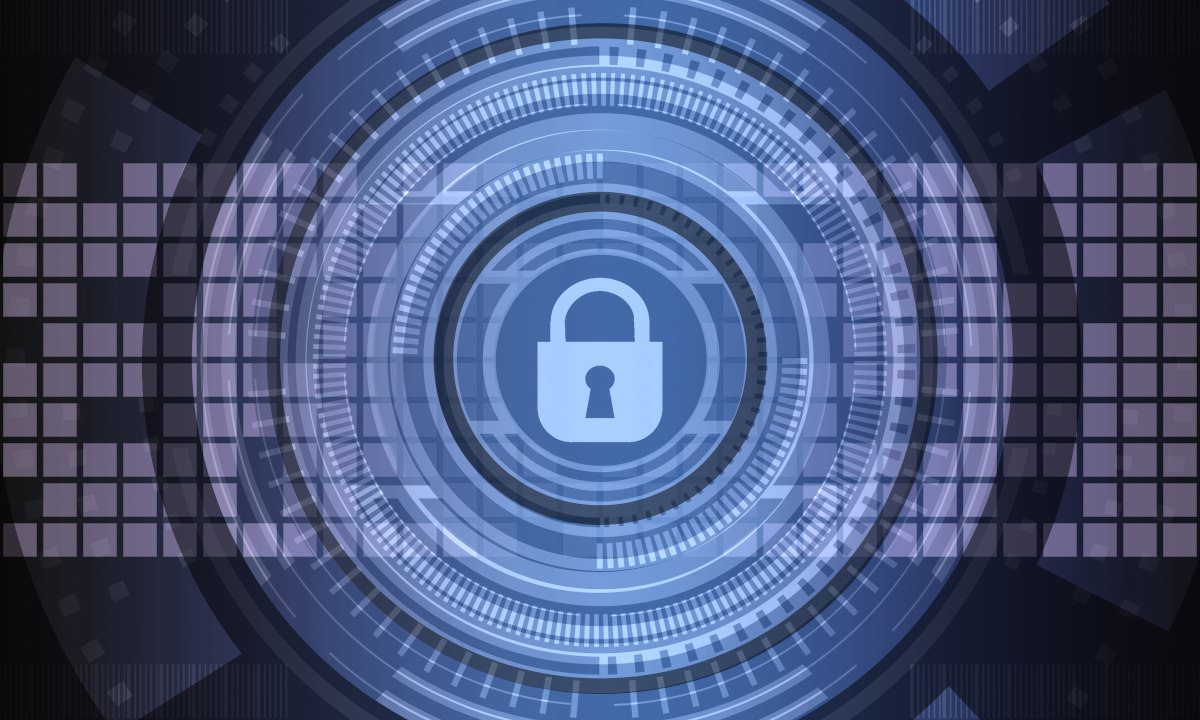DIGITAL STRATEGY

“Set your course by the stars, not by the lights of every passing ship.”
- General Omar N. BradleyTechnology is a means, not an end. The overarching goal of any digital system is to multiply capabilities. With the right approach, digital technology is a game changer for:
- Expanding existing capabilities and creating new ones.
- Empowering people to do more and better.
- Enhancing user experience.
- Increasing efficiency and effectiveness.
- Ensuring the continuity of operations under threats or disruptions.
- Achieving more strategic independence.
- Saving money and time.
The point of digital strategy is to figure out what the right thing to do (the right digital system) is before doing it. This saves significant time and money, and leads to far better outcomes. Digital strategy is driven first and foremost by business needs and objectives, not IT.
In all domains, a successful digital strategy must address the following four inter-dependent topics:
- Data
- AI & Automation
- Cyber security & Resilience
- IT infrastructure & Cloud
An effective digital strategy defines these pillars so that they support business objectives and are feasible with existing constraints. These pillars are of equal importance, but may require varying levels of efforts depending on problem, function, company, or industry.
Data
Data is a key strategic asset for any business. The efficient use of data is a powerful way to improve management and decision making, as well as improve business performance and reduce costs.

Raw data in itself has generally no value. It needs to be transformed from different data formats and sources into organized knowledge and useful insights. This means a digital system that can get the right information to the right person, at the right time, in the right format.
The efficient use of data is driven by specific business applications and concrete benefits that must be defined upfront. These business requirements also determine which IT systems and tools are appropriate to store and process the data.
Storing and processing data creates potential cyber security risks that need to be addressed proactively to ensure data confidentiality, data integrity (can I trust the data?), and data availability (can I access my data?).
AI & Automation
The purpose of Artificial Intelligence (AI) is to increase productivity and reduce costs. It is not about automating intelligence, it is about automating specific tasks.
Successful use of AI requires to first identify clearly the tasks and processes to automate. This means finding tasks where automation has business value and is technically feasible.
Machine learning is one automation technique, but there are many others. We help our clients select the most appropriate technique(s) based on their goals. AI and automation must be viewed as a pillar of digital strategy.
Cyber security & Resilience
Cyber security and resilience is about managing the risks of information technologies and automation. We define cybersecurity as the security of networked information systems and data. We define resilience as the enduring ability to survive and thrive, even under degraded conditions. The overarching imperative for an organization is the ability to conduct business under all conditions.

Understanding your systems
Complexity is a central challenge faced by organizations of all sectors. It is driven by different IT systems (e.g. legacy systems, specialized systems) and other layers (e.g. process, people) accumulated over time and connected to each other. This results in dependencies between systems and layers that are often not sufficiently understood. Dependencies expose an organization to business continuity and security risks. Therefore, managing complexity and dependencies is a prerequisite to improve cyber security and resilience.
Prioritizing what is most critical
Since one cannot secure everything, it is important to prioritize capabilities, assets, systems, and data by criticality level. This prioritization must take into account both business and technical perspectives. Cyber security and resilience are a pillar of digital strategy, not an afterthought.
IT Infrastructure & Cloud
The purpose of IT Infrastructure is to enable an organization to take advantage of the benefits made possible by technology. It is the underlying layer that determines how effectively and securely technology can be used. An IT setup is measured on the following dimensions:

- Can the infrastructure support current business needs and future changes?
- Can the infrastructure be effectively secured?
- Does the infrastructure make the organization dependent on specific products, vendors, or technologies?
- How resilient is the infrastructure?
- How much does the infrastructure cost (setup, licensing, maintenance, etc)?
Moving workloads to the Cloud creates opportunities, as well as additional security and dependency risks that must be managed appropriately. A digital strategy that identifies the right blend of different Cloud systems (in-house, hybrid, external) is critical to fully capitalize on the Cloud opportunity while managing the associated risks.
We are an independent expert firm. We do not resell or earn commission on any third-party product or services (technology, software, platform, etc).
